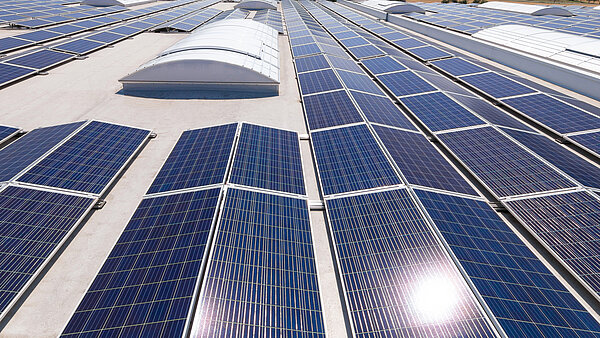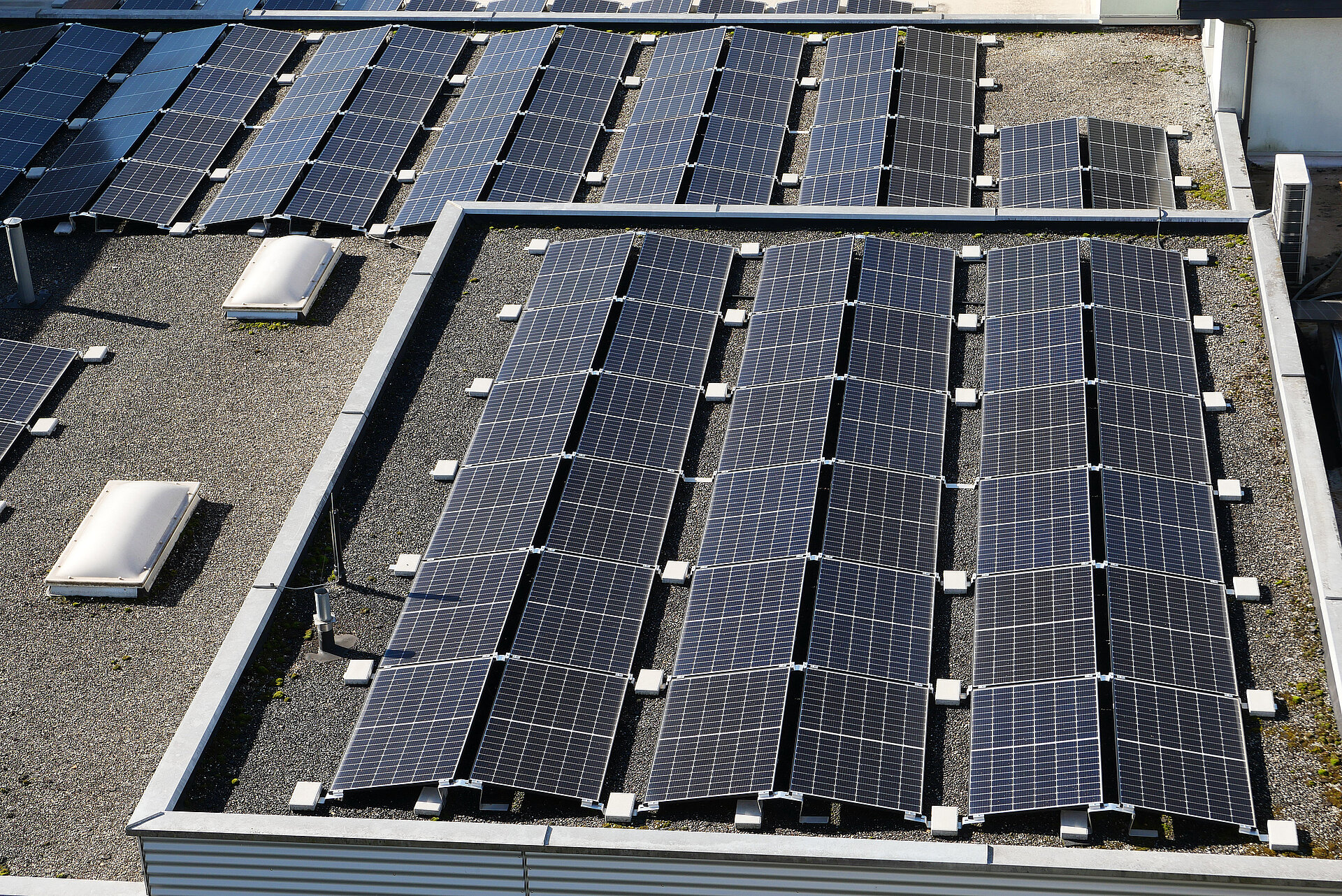Several billion square meters of flat roofs are installed worldwide, which must be inspected by a specialist for maintenance or repair work at least once a year. Every second fatal accident on a building is due to a fall, around 50% of which are roof falls. Securing flat roofs is therefore not optional, but a necessary measure to ensure safety while working on roofs and to save lives. When it comes to servicing and maintaining flat roofs, nothing should be left to chance. Precaution and care ensure a professionally executed roof a long lifespan.
The most important works on flat roofs include:
Roof inspections and inspections by commissioned persons
Roofing and plumbing activities
Cleaning gutters and downspouts, roof drains and drainage channels
Inspection and cleaning of skylights and other lighting elements
Maintenance and care of smoke and heat ventilation (SHE)
Installation and maintenance of photovoltaic systems
Maintenance of green areas
In general, securing flat roofs is mandatory from a fall height of 3 meters, with fall protection already having to be planned for traffic routes from a height of 2 meters. Roof perforations such as light strips or domes must be designed to be permanently fall-through-proof.
Collective vs. Individual protection
Collective protection: scaffolding or guardrail
Guardrails for flat roofs that are inclined by up to 10° are intended to prevent people from coming too close to the edge of the fall or even stepping over it and thereby falling. As a collective protection measure, railings offer simultaneous protection for several people without using the PPE. For the safety of publicly accessible roof areas and also for e.g. roof gardens, terraces, play areas, fixed fencing is therefore mandatory by law. A circumferential parapet built with the building, at least one meter high, offers permanent security for people who are on the roof. A rigid or foldable railing, which is firmly connected to the structure, is also suitable. Nowadays, these railings also meet the highest visual demands and, due to their properties (foldable and tiltable, available in various color variants, can be installed on all roof variants, etc.), fit seamlessly into the architecture of every building.
Security measures are also required for temporary work on the flat roof for maintenance and repair purposes. If the planning of suitable protective measures was neglected in the construction of a building, the subsequent installation of a side protection or railing is possible. In addition to fixed railing systems, most of which can also be retrofitted, various mobile systems are available on the market. These are mostly equipped with their own weights that rest on the sealing level of the roof without damaging them. Alternatively, it is also possible to attach the railing system to the parapet. The selection of the suitable system depends on the local conditions such as the inclination and permissible load of a roof, the shape and dimensions of the parapet and the height of the building.
Individual protection: single anchor points
In order to be able to move safely on the flat roof, height workers need an anchoring point for their personal protective equipment against falls as part of individual protection. Single anchor points (EAP) enable the user to fasten themselves or their safety harness using a lanyard. They are usually equipped with an attachment point to which, for example, a carabiner (according to EN 362) is attached. Depending on the type of use, this safety variant keeps the user at a distance from the edge of the fall in order to either prevent a fall (restraint system) or to catch the faller (fall arrest system). For single anchor points, the distance from the fall edge must be at least 2.5 meters. In addition, the anchor points on the roof must be placed in a way that the user can easily reach his place of work, for example a light dome or a photovoltaic system. However, going further to the dangerous fall edge of a roof should be completely ruled out.
Individual protection: lifeline systems
As an alternative to collective protection, lifeline systems with safety harnesses for fall protection are also suitable for repair and maintenance work on roofs that are not inspected regularly. In general the distance between the points of a lifeline system and the fall edge should be at least 2.5 meters. With the use of lifeline systems, a continuous and passable fall protection is guaranteed. Lifeline systems consist of steel ropes, which are fastened between at least two individual anchoring points and have end connections including tensioning elements (end lock) and intermediate brackets. Furthermore, corners (corner pass-through elements) with different angles can also be formed.
Depending on the place of use, the anchor points or posts of the lifeline system can be anchored or screwed horizontally and vertically on almost all surfaces in the roof structure, on the parapet or other suitable building or facade parts. Furthermore, anchor points can also be installed perforation-free under a load of gravel, concrete slabs or plant substrate. A distinction must be made between passable and non-passable lifeline systems, with a passable safety system offering greater safety. In this case, the travelling eyebolt, to which the user attaches himself with his PPE, runs seamlessly over all intermediate posts and corner elements. Horizontal lifeline systems are tested and certified in accordance with EN 795.



